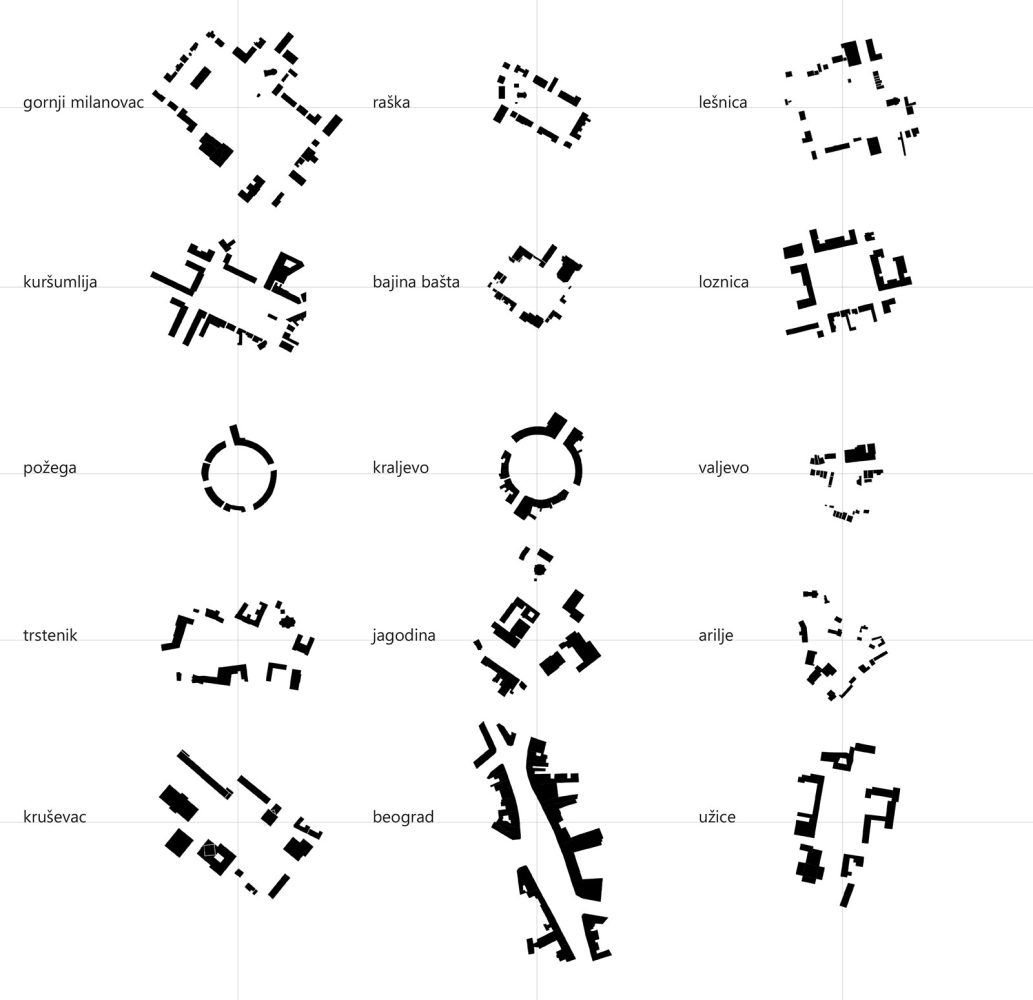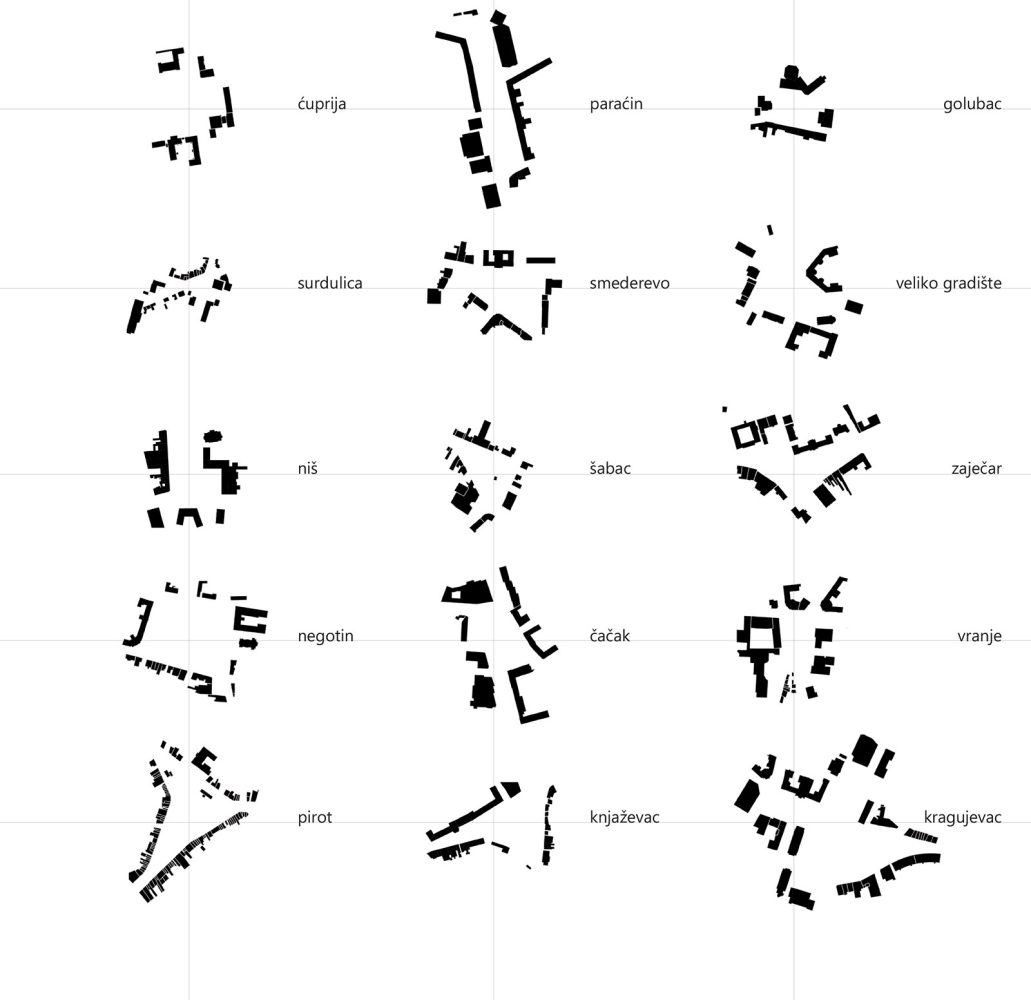Urban Patterns

City squares Form - Analysis - Serbia Case Study (Djokić, 2009)

City squares Form - Analysis - Serbia Case Study (Djokić, 2009)
Pattern is a model or landmark in respect to which the things and phenomena may be determined, in respect to which the order can be made inside a thing or among several things (Djokić, 2009а). The notion of urban pattern originates from the framework of urban morphology based on the starting point that the principles of morphology and typology are noticed as unavoidable for comprehension of the entire context of the discipline of architecture and urbanism. The basic manner of morphological researches is the comparative method, namely comparative analysis which comprises the analysis of the pattern in origination and development of a certain element as well as its identification within the wider context. In the field of architecture and urbanism the comparative study of the forms, conditions and manner of origination of spatial structures of the city present a prevailing methodological procedure. In this sense, the specific aspect of urban patterns decoding in architecture and urbanism lies in observation and study of the city form and structure, particularly its built parts and open spaces: entities, blocks, buildings, streets, squares, parks, offshore areas, etc. (Djokic, 2009b). This domain from heritage perspective includes a multitude of activities which are concentrated in the urban space which cannot be isolated from the context. Any part of the urban space (a building, a block, a square) presents a unique entity, however, at the same time it is also part of the wider environment the integral part of which it makes together with certain genetic properties. Accordingly, urban patterns research and decoding engage multiscale approach from the regional level to the scale of one room inside a building, but he emphasizes the interconnected nature of the patterns (no pattern is isolated entity)
